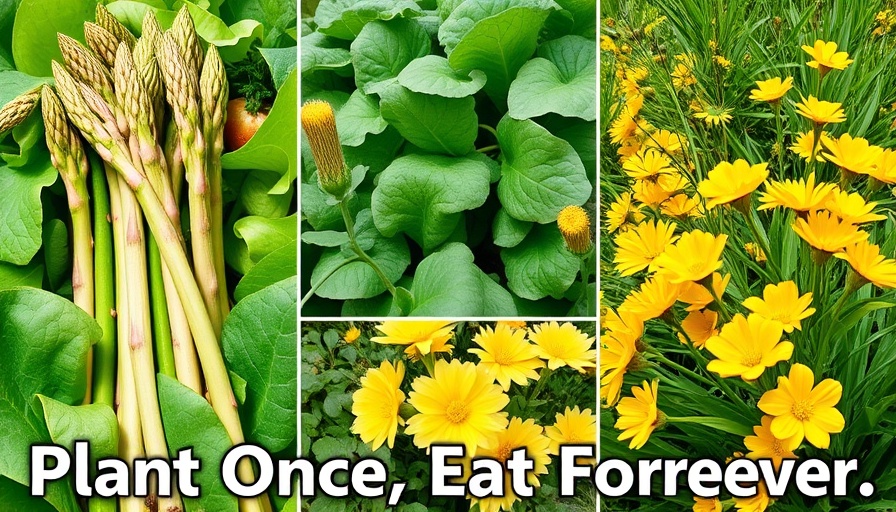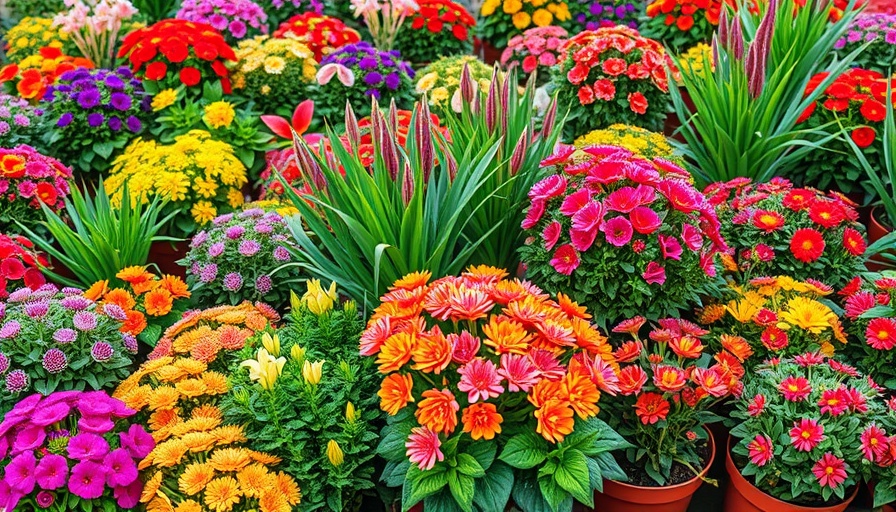
Understanding the Unique Technique of Painting Fruit Trees
While the notion of painting fruit trees may sound peculiar at first, there’s a fulfilling rationale behind this gardening tactic. As noted in the recent video, the practice serves to protect avocado trees from harmful sunburn—a condition where excessive sunlight damages the tree's bark. Just like we can suffer from sunburn, trees are vulnerable to the same fate. In urban settings like Metro Vancouver, where sunlight can be intense, this protective technique has become increasingly relevant.
In 'I painted my fruit trees...', the discussion dives into innovative gardening techniques aimed at enhancing plant health, prompting us to explore its practical applications in urban settings.
Why Painting Your Trees is Important
Urban dwellers may often find themselves gardening in small spaces under direct sunlight, making the health of their plants crucial. Painting the trunk and major branches with a non-toxic, organic mixture provides a shield against not just sunburn but also pests and diseases that could compromise plant health. This technique conserves the energy that the tree would otherwise spend on repair, allowing it instead to devote resources to growth and fruit production.
Eco-Friendly Gardening: An Urban Necessity
Gardening in Metro Vancouver embraces an eco-conscious approach, where organic materials are favored for their environmental benefits. By using only organic ingredients for painting, you not only prioritize the health of your fruit trees but also contribute to a sustainable gardening practice. This intersection of eco-friendliness and practicality is a trend growing among urban gardeners who want to thrive in small spaces while minimizing their ecological footprint.
How to Paint Your Fruit Trees
If you’re curious about how to effectively paint your fruit trees, here's a straightforward method: mix water with organic white latex paint, which reflects sunlight while being gentle on bark. Ensure the mixture is well-blended and apply it to the trunk and branches, particularly those that get the most sun exposure. This simple task can safeguard your gardening efforts!
Conclusion: Embracing Innovations in Gardening
The discussion surrounding the painting of fruit trees in the video highlights a crucial aspect of urban gardening—adaptation to the environment. With our changing climate, strategies like these aren’t just innovative; they are necessary for sustainable growth in small spaces. So, if you're a Metro Vancouver resident aiming to enhance your garden, consider this unique technique to keep your trees healthy and flourishing.
 Add Row
Add Row  Add
Add 




 Add Row
Add Row  Add
Add 

Write A Comment